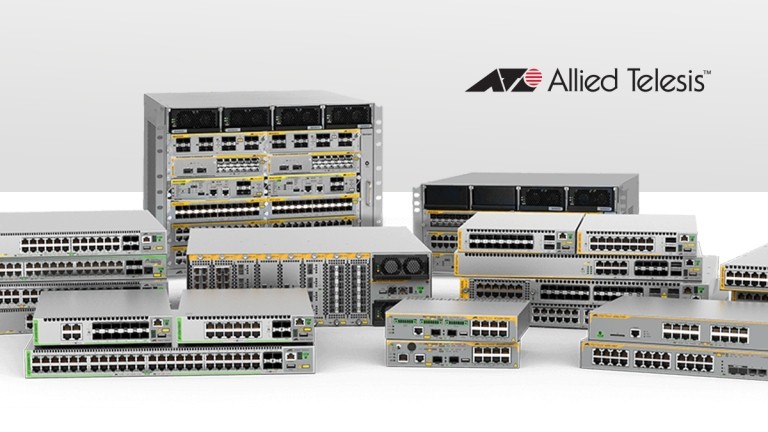
What is Ethernet?
Ethernet was conceived in the Xerox Palo Alto Research Center (PARC) in 1973. It serves as the backbone of local area networks (LANs), the networks that interconnect devices within a confined space such as homes, offices, and institutions. With Ethernet, we can share files, stream media, and collaborate across devices with remarkable ease. Without Ethernet, our local networks would be fragmented, severely limiting the smooth operation of modern business. But Ethernet's influence extends far beyond the realms of our homes and offices. It powers the backbone of the internet, connecting data centers and facilitating global communication. It enables cloud computing, ensuring our files are effortlessly accessible from anywhere on the planet.
The 802.3 Ethernet standards
Ethernet is, fundamentally, a protocol that allows devices to communicate with each other over a wired network. Ethernet is built on a set of standards defined by the Institute of Electrical and Electronics Engineers (IEEE). These standards, known as the 802.3 series, define the rules for data transmission, dictating how information is sent and received across a physical or logical connection.
Ethernet hardware: cables and switches
Ethernet networks most commonly use twisted-pair cables, which consist of pairs of copper wires twisted together to reduce interference, at the network edge. These cables are classified into categories based on their performance, with Cat 5e, Cat 6, and Cat 6a being the most prevalent. These copper cables are usually partnered with fiber-optic cables for the backbone and core of the network for superior performance and throughout. The other major components of Ethernet networks are switches. Ethernet switches possess the ability to direct data to its intended recipient, making for an efficient and organized network.
What is the speed of Ethernet?
Ethernet has evolved significantly since its inception, with speed being a key area of improvement. The original Ethernet standard supported data transfer rates of 10 Megabits per second (Mbps) - a humble beginning that coped with text files but certainly not with modern real-time video. Over time, the rates have increased exponentially, with Gigabit Ethernet (1,000 Mbps) and 10 Gigabit Ethernet (10,000 Mbps) now commonplace. Added to this, we have blazingly fast 40 Gbps, and even 100 Gbps Ethernet options for high performance backbone links capable of interconnecting buildings on large campuses and the like. The ever-increasing speed of Ethernet has revolutionized industries that rely on rapid data transfer, such as finance, healthcare, and entertainment.
The future of Ethernet
Ethernet has played a crucial role in shaping our modern world by providing a reliable, efficient, and versatile means of communication. It has become the backbone of countless networks, from small home setups to vast enterprise infrastructures. Ethernet's universal appeal lies in its simplicity, scalability, and widespread adoption, which has made it a foundational technology in the realm of networking.
Cutting-edge technologies like 5G and the Internet of Things (IoT) are placing unprecedented demands on networking infrastructure. To meet these challenges, Ethernet is adapting, embracing higher speeds, lower latency, and enhanced security protocols. As technology continues to advance, we can expect Ethernet to evolve accordingly, ensuring that it remains a vital part of our interconnected world.

